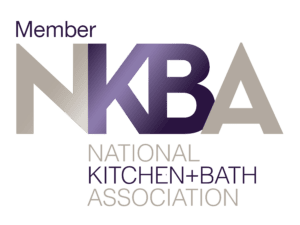Kitchen Remodeling 4: Resources
June 30, 2015When it comes to kitchen remodeling, your resources are what you have, and what you can spend. Budgeting is seeing how far you can make your resources go.
Your basic resources are saved money, in-place assets, home equity, refinancing and flexible funding options. It’s a good idea to speak to a professional about the different kinds of funding available and what is the best option for getting you a kitchen that will meet your goals.
Take a look at your remodeling goal. WHY are you remodeling? Keeping that in mind as you balance your budget will ensure that you get what you’re looking for, or a ‘return on investment’.
Return on investment comes in two forms: resale value and quality of life. A remodel prior to putting a home up for sale would reward budgeting for resale value. For a kitchen meant to last you into old age, resale might be less of a concern, and preserving your quality of life could be your primary concern.
- If you’re planning to move, look into what you can expect to get back. Generally 75 cents on the dollar at resale is a good return, but many factors can change that. If you are exceeding the quality of your neighborhood, your area suffers from foreclosures or a strong buyers market, or you’re moving within 5 years, you might only get 50 cents back on each dollar. Determine general costs and resale values for various remodeling projects at http://www.remodeling.hw.net/cost-vs-value/2014/
- Quality of life is the value a remodeling project can save you time and energy. Utilizing unused space to create more storage and using cabinet optimizers can make your everyday routine much easier for a daily ‘return on investment’. These adjustments can also enable you to live in your own home for longer and prevent you facing a move or another remodel in your later years.
Account for any extra costs your family might incur from living without a kitchen for the duration. If the duration is short, the kitchen maybe still be usable in the evenings, but that varies by contractor. If you’re thinking of buying lunches instead of making them at home and going out to eat every night, you might want to account for that in your budget.
DIYers or small contractors will want to allow an additional 10-15% of your budget for unexpected expenses. You never know if you might uncover faulty pipes, wiring or other mishaps. If the whole project goes perfectly, then you’ve got some extra cash for splurging on more accessories, backplash, or extra nice tile. You could keep it for your next project or a “staycation” where you just kick back and enjoy your new, beautiful space.
Now that you have a budget, compare it to your needs. Cut costs or add extras, however you see fit. Kitchens have a lot hidden costs. There is a whole lot of plumbing under that sink, a whole bunch of parts and skills involved in moving electricity, and moving any sort of wall or utility is a pretty big deal. Region of the country will have a lot to do with your costs as well.
I s your budget looking a little unbalanced? Consider your in-place assets. These assets are the parts of your kitchen that don’t NEED adjusting and where refacing may be a good option. If you hadn’t identified them during the opportunities step, you may wish to take another look now.
If you’re replacing your cabinets, consider donating your old kitchen! Habitat for humanity or a local home-supply recycling group may accept them, and the write-off could help balance your costs as well as help others.
Got your resources and budget figured out? Let’s move on to Opportunities!
Want to look over it with a professional? Feel free to call on us!








